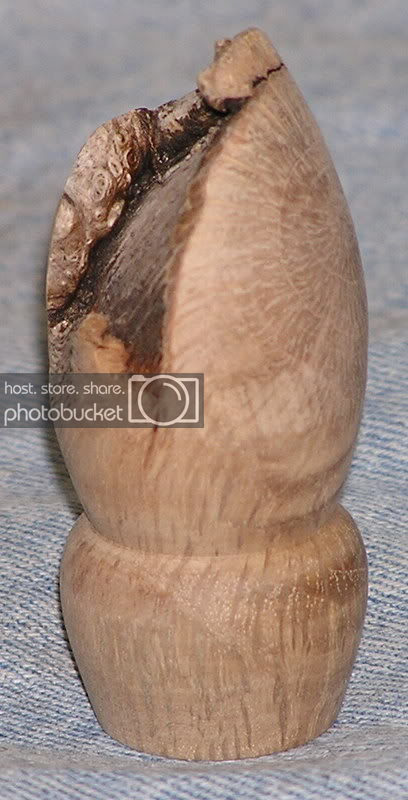bruce119
Member
I am doing bottle stoppers and usually don't mess with natural edges. BUT I got this piece of oak that turn out really cool. I am very efficient at CA blo finish and the friction polishes I prefer CA just 100 % of the time.
But this piece as you can or maybe not see has a very uneven surface. There are crevices that are impossible to sand. I thought maybe a spray lacquer but I really never had much luck with them they always scratch easy. Then there are cracks that need to be filled. I thought maybe dipping mite be the answer. Maybe dipping in epoxy or something.
I am looking for suggestions how some of you would go about it. Remember you will not be able to polish it afterwards. At least on the top in the crevices.
I posted in finishing & here looking for more you guys with experience.

Thanks
Bruce
But this piece as you can or maybe not see has a very uneven surface. There are crevices that are impossible to sand. I thought maybe a spray lacquer but I really never had much luck with them they always scratch easy. Then there are cracks that need to be filled. I thought maybe dipping mite be the answer. Maybe dipping in epoxy or something.
I am looking for suggestions how some of you would go about it. Remember you will not be able to polish it afterwards. At least on the top in the crevices.
I posted in finishing & here looking for more you guys with experience.

Thanks
Bruce
